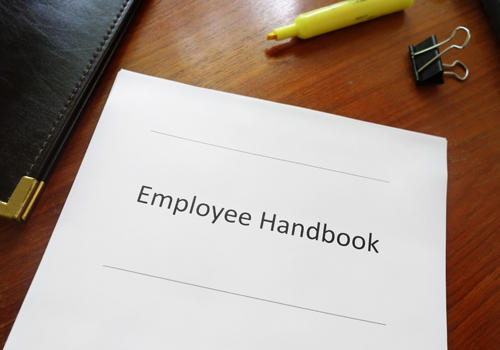The Pregnant Workers Fairness Act (PWFA) took effect on June 27, 2023, and represents a significant increase in the legal protections given to pregnant workers. This new law requires employers to provide reasonable accommodations to employees affected by pregnancy, childbirth, or related medical conditions, unless doing so would impose an undue hardship on the business. Every employer needs to understand the key provisions of the PWFA to ensure compliance and ensure pregnant employees are included in the workplace.
Key Provisions of the PWFA:
- Who is covered? The PWFA applies to private and public sector employers with 15 or more employees. It covers all employees, including part-time and temporary workers, who require accommodations due to pregnancy, childbirth, or related medical conditions
- What must be offered to pregnant employees? Reasonable Accommodations. Similar to the Americans with Disabilities Act (ADA), the PWFA mandates that employers must provide reasonable accommodations to pregnant workers. These accommodations can include adjustments such as more frequent breaks, light duty assignments, flexible scheduling, and temporary transfers to less strenuous positions.
- What process is used to determine reasonable accommodation? Interactive Process. Employers are required to engage in an interactive process with pregnant employees to determine appropriate accommodations. This involves a collaborative dialogue to understand the employee’s needs and explore feasible solutions without imposing undue hardship on the business.
- What is prohibited? The PWFA prohibits employers from discriminating against employees on the basis of pregnancy, childbirth, or related medical conditions. This includes protection against adverse employment actions such as termination, demotion, or denial of promotions based on pregnancy-related reasons. Employees are protected from retaliation for requesting accommodations or asserting their rights under the PWFA.
What steps should employers take to comply?
- Review and Update Policies. Employers should review and update their existing policies to ensure they align with the PWFA requirements. This includes revising the employee handbook and adding additional language to the accommodation policy.
- Train Managers. It is essential to train managers on the PWFA and the importance of the interactive process. Training should cover recognizing accommodation situations, engaging in effective communication, and understanding what constitutes reasonable accommodations.
- Establish an Accommodation Process. Employers should establish a clear and consistent process for handling accommodation requests. This includes providing employees with information on how to request accommodations and ensuring timely and appropriate responses.
- Document Accommodation Requests and Actions: Proper documentation of accommodation requests and the steps taken to address them is critical. This helps demonstrate compliance with the PWFA and can help defend a company’s actions if there is a legal challenge.







